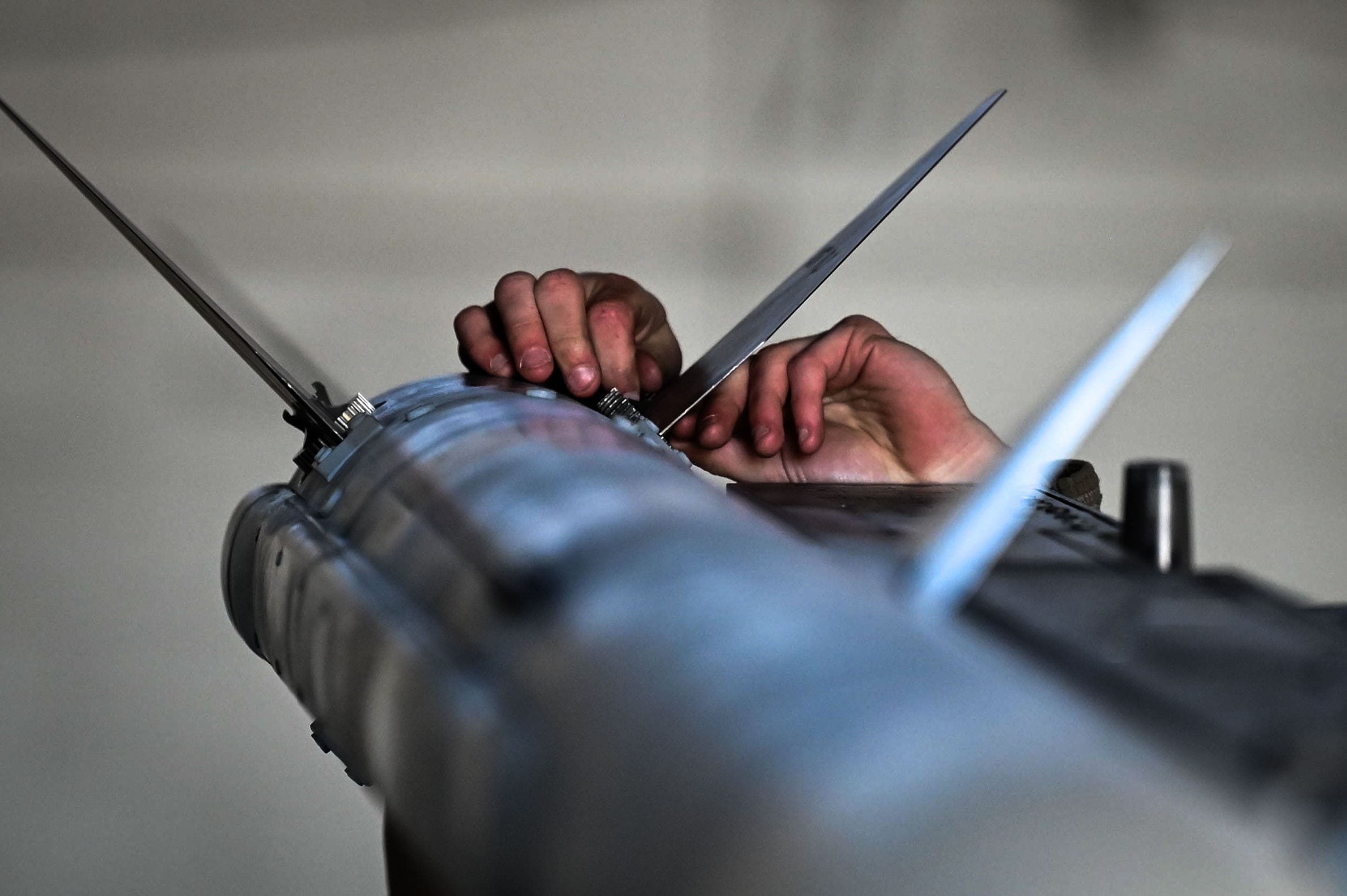Australia has confirmed a 2.12 billion-dollar Australian investment – about $1.39 billion U.S. – to secure the newest AIM-120 Advanced Medium-Range Air-to-Air Missiles, reinforcing both its air-defense shield and its long-range strike reach. Defense officials say the order covers the AIM-120D-3 and AIM-120C-8 variants, sourced through Washington’s Foreign Military Sales channel, with deliveries starting next year.
According to industry sources, the package includes up to two hundred AIM-120D-3s for Royal Australian Air Force fighters and two hundred AIM-120C-8s for the Army’s evolving ground networks. Canberra values the missiles at roughly A$2.12 billion, a figure that folds in spares, training rounds, and system support.
Australia Defence Bolsters Capabilities with AIM-120 AMRAAM Acquisition
The foreign-military-sales arrangement locks in U.S. government contracting, sustainment, and quality-assurance services. RTX’s Tucson line will build the weapons, while Raytheon Australia will manage in-country handling and storage under a separate sustainment task.
Defense Industry Minister Pat Conroy calls the buy “a clear vote of confidence in the Air Force’s deterrent edge,” adding that the missiles underpin the National Defence Strategy’s emphasis on extended-range denial.
Operational planners expect the D-3 to arm the following RAAF aircraft:
- F/A-18F Super Hornet
- EA-18G Growler
- F-35A Lightning II
The C-8 will feed the Army’s National Advanced Surface-to-Air Missile System (NASAMS) batteries. U.S. defense firms have recently promoted NASAMS as part of broader regional defense architectures, including the so-called Golden Dome initiative.
The Army’s 10th Brigade, stood up this year to oversee long-range fires similar to recent European deployments of Patriots, will field NASAMS and its C-8 interceptors. Brigade staff say the missiles will give ground units a single-shot-kill option against cruise-missile raids and low-flying aircraft.
AMRAAM Missiles Extend Australia’s Air and Ground Defense Reach
Our analysis shows the AIM-120D-3 pushes effective range to about 160 kilometers, nearly half again farther than older C-series rounds. Hardware refreshed under the Form-Fit-Function program and new Tape 3F software improve target discrimination in dense jamming.
The export-focused C-8 shares the airframe yet runs different codes tailored for surface launch. Program engineers consider it a bridge until the classified Joint Advanced Tactical Missile enters service later in the decade.
First missile lots will ferry to Australia in early 2026, with full operational capability slated for 2028 once depot-level test sets and engineering data arrive. Aviation Week notes that Canberra negotiated an accelerator clause to pull forward five live-fire events at the Woomera Range.
The purchase aligns with Prime Minister Anthony Albanese’s April 2024 pledge to inject up to A$74 billion into missile stockpiles over the decade, a response to rising regional strike inventories.
Within that funding wedge sits the Guided Weapons and Explosive Ordnance Enterprise, a long-term plan that seeks domestic final-assembly lines for selected munitions by 2027.
Raytheon and Kongsberg benefit directly: Raytheon supplies the seekers and warheads, while Kongsberg’s Fire Distribution Center software will control surface launches. A separate sustainment study will weigh local rocket-motor replacement to ease American supply-chain strain.
Defense officials confirm the U.S. government will furnish telemetry kits, captive-carry rounds, and programmer loaders under the same case, reducing standalone test costs by nearly 12 percent versus prior buys.
Supply-chain resilience remains a concern. The Pentagon awarded Raytheon a multiyear block contract in May to keep pace with orders from twenty-one allies, including Australia. Canberra secured priority delivery slots but faces global demand headwinds.
Strategists see the missiles as a hedge against any sudden regional crisis. Foreign-policy analysts argue that the order, while substantial, stays within Australia’s existing two-percent-of-GDP defense target and avoids deeper political debate over larger outlays.
Looking forward, the D-3 and C-8 will integrate with AUKUS C4ISR nodes and future long-range strike systems, giving commanders a seamless air-defense wall out to medium range while retaining offensive punch from fast-jets on day one of a contingency.
Defense-Aerospace editorial team concludes that the acquisition closes a significant capability gap and sets a baseline for further missile co-production deals later this decade.
REFERENCE SOURCES
- https://www.usnews.com/news/world/articles/2025-07-02/australia-says-us-missile-purchase-shows-commitment-to-defence-spending
- https://www.minister.defence.gov.au/media-releases/2025-07-03/albanese-government-enhances-national-security-major-investment-air-defence-aerial-strike
- https://thedefensepost.com/2025/07/07/australia-amraam-missiles/
- https://www.reuters.com/business/aerospace-defense/australia-says-us-missile-purchase-shows-commitment-defence-spending-2025-07-03/
- https://www.janes.com/osint-insights/defence-news/air/australia-invests-in-new-aim-120-missile-procurement
- https://militaeraktuell.at/en/raytheon-australia-buys-amraam-missiles-on-a-large-scale/
- https://aviationweek.com/defense/missile-defense-weapons/australia-signs-1b-amraam-buy
- https://ssbcrackexams.com/australia-to-invest-1-39-billion-in-advanced-amraam-missiles-for-air-defense/
- https://govconexec.com/2025/07/australia-invests-212b-for-additional-missiles/
- https://www.shephardmedia.com/news/landwarfareintl/australia-invests-14-billion-in-additional-amraam-buy/
- https://www.defence.gov.au/news-events/releases/2025-04-30/army-salutes-its-long-range-fires-brigade
- https://asiapacificdefencereporter.com/australia-invests-in-air-defence-and-aerial-strike/
- https://samm.dsca.mil/sites/default/files/2003%20SAMM/2010-01-04%20-%202003%20SAMM.pdf
- https://armyrecognition.com/news/aerospace-news/2025/us-approves-aim-120-missiles-sale-to-australia-to-strengthen-interception-capability
- https://bulgarianmilitary.com/2025/05/08/u-s-awards-rtx-contract-to-produce-amraams-for-21-allies/



